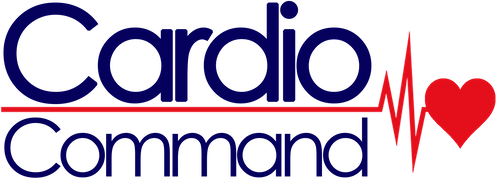Transesophageal cardioversion.
McKeown PP, Croal S, Allen JD, Anderson J, Adgey AA. Royal Victoria Hospital, Belfast. Am Heart J 1993 Feb;125(2 Pt 1):396-404.With the use of a novel quadripolar esophageal electrode system, we have attempted 131 transesophageal cardioversions in 105 patients: 109 episodes were atrial fibrillation, 16 episodes were atrial flutter, 2 episodes were supraventricular tachycardia, and 4 episodes were ventricular tachycardia. The mean predicted transesophageal impedance (+/- SEM) of 52.6 +/- 1.1 omega was significantly lower than the mean predicted transthoracic impedance (+/- SEM) of 63.1 +/- 1.6 omega (n = 104; p< 0.01). Of the 88 patients who presented with atrial fibrillation as the initial arrhythmia, successful transesophageal cardioversion (maximal delivered transesophageal energy of 100 J in 84 patients and 200 J in 4 patients) was recorded in 70 (79.5%); transesophageal cardioversion required a mean delivered energy of 63.1 +/- 4.2 J and a mean peak current of 20.3 +/- 0.6 A. Transthoracic countershock (maximal delivered energy of 360 J) was attempted in 17 of 18 patients when the transesophageal approach had been unsuccessful; countershock was successful in 10 patients, which yielded an overall success rate of 92.0% (mean successful delivered energy [transesophageal and transthoracic] of 85.3 +/- 7.8 J). All episodes of atrial flutter, supraventricular tachycardia, and ventricular tachycardia were successfully terminated with the use of the esophagus. This esophageal electrode system permits low-energy countershock of atrial and ventricular tachyarrhythmias.
